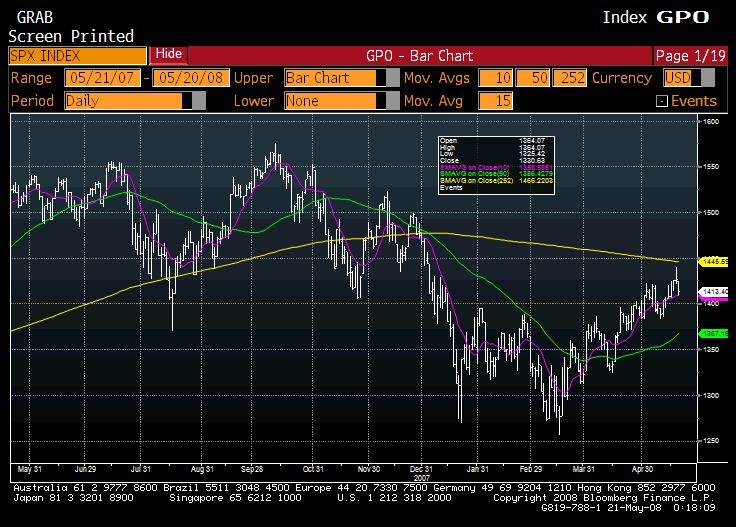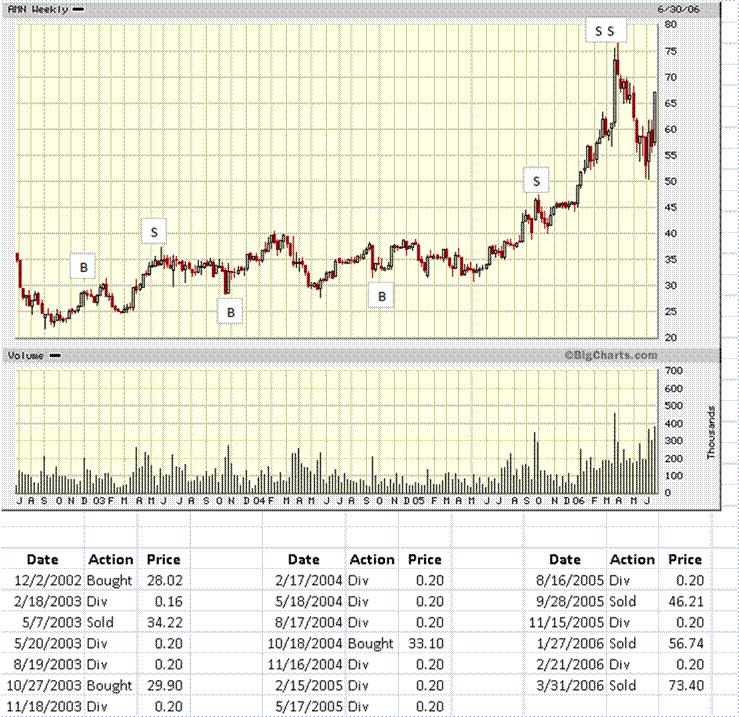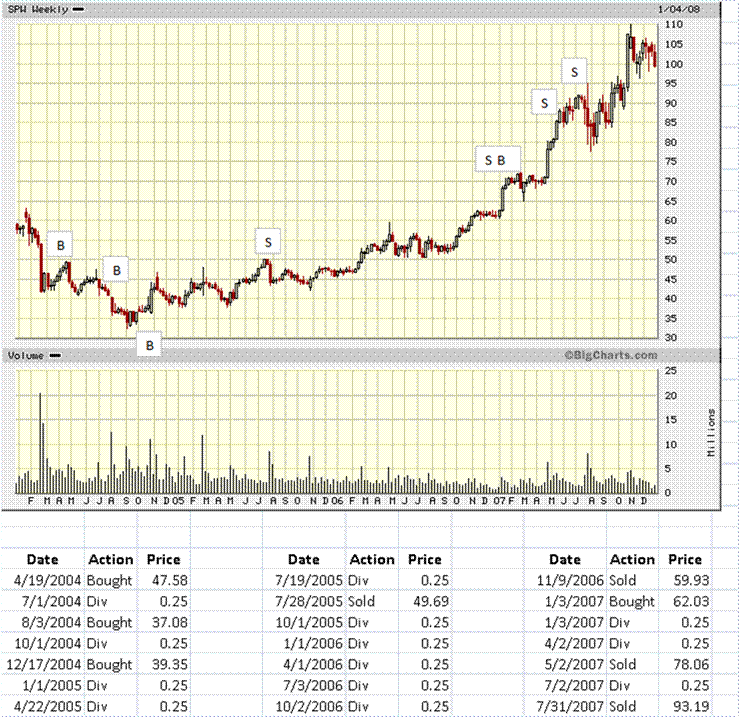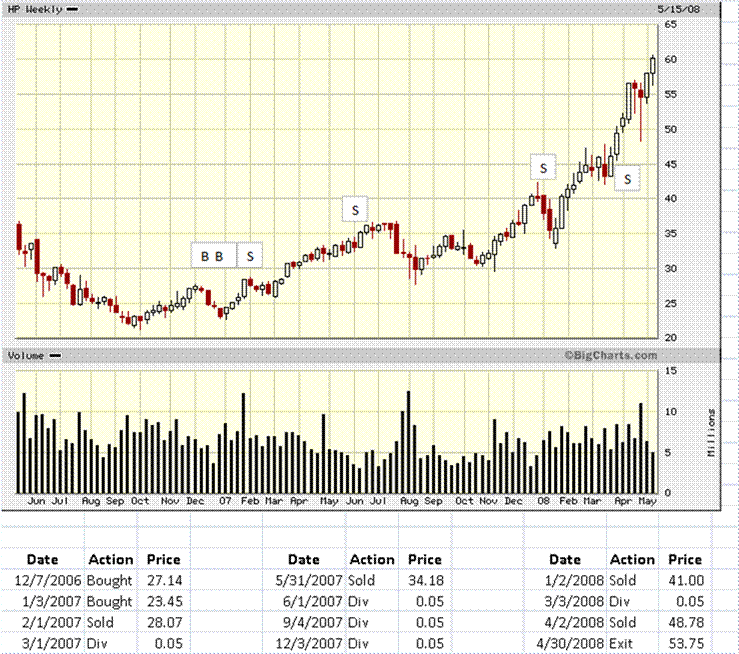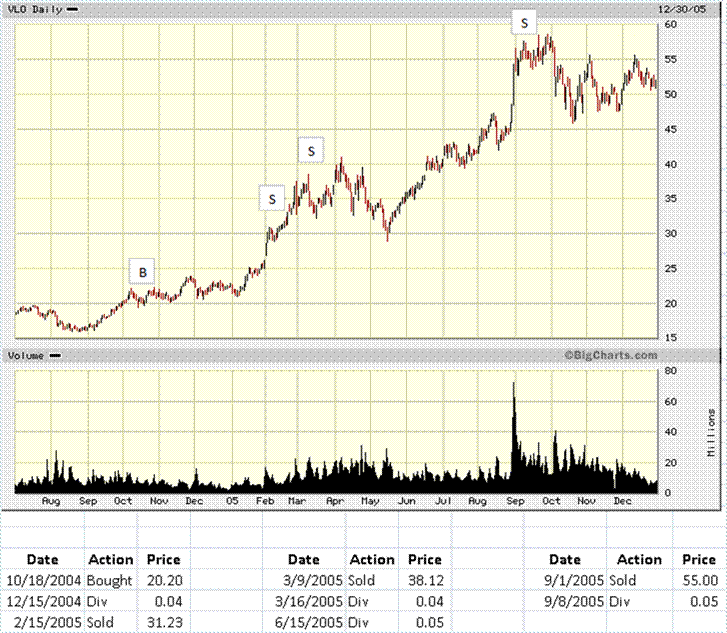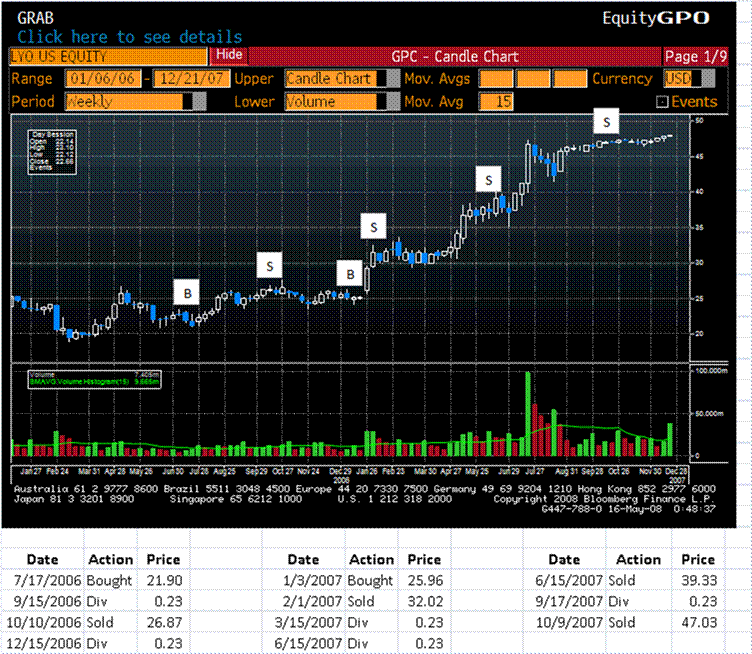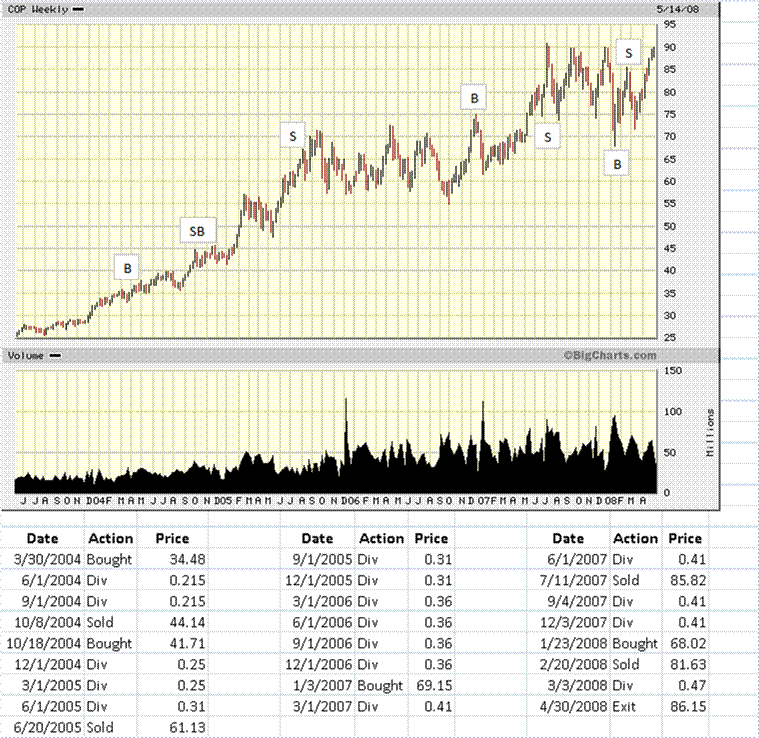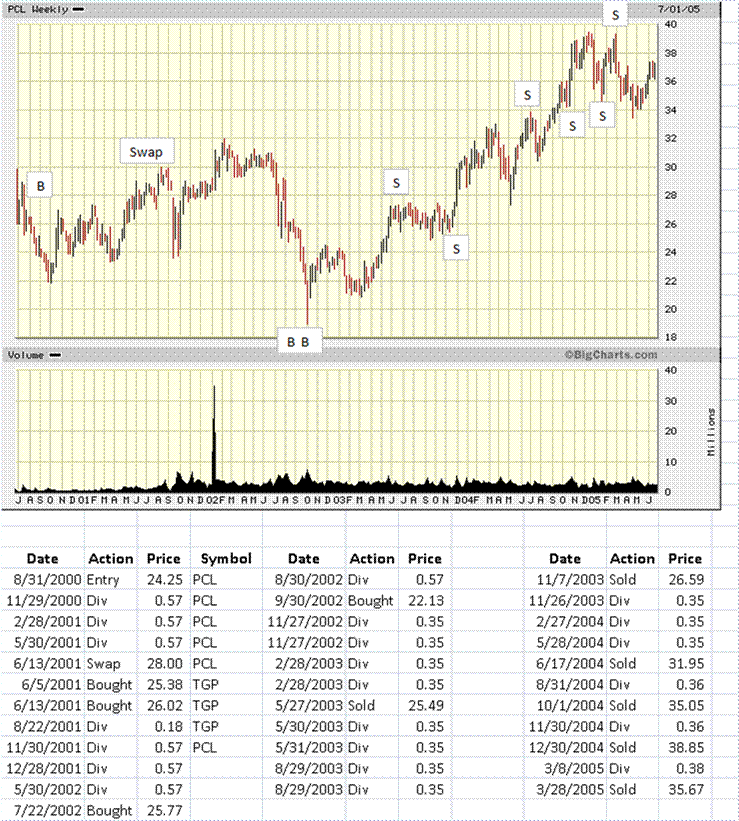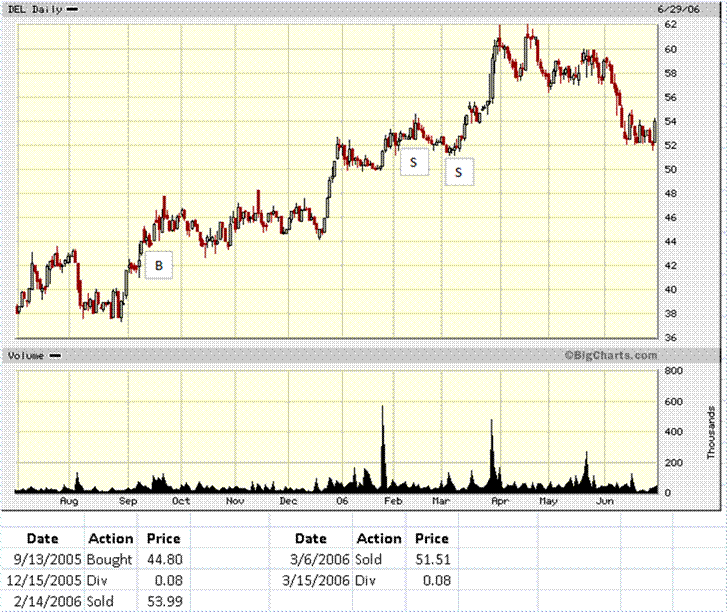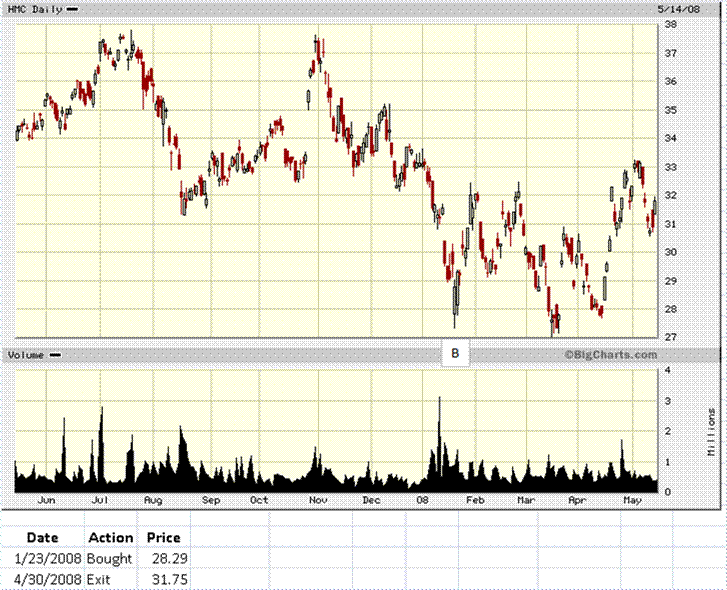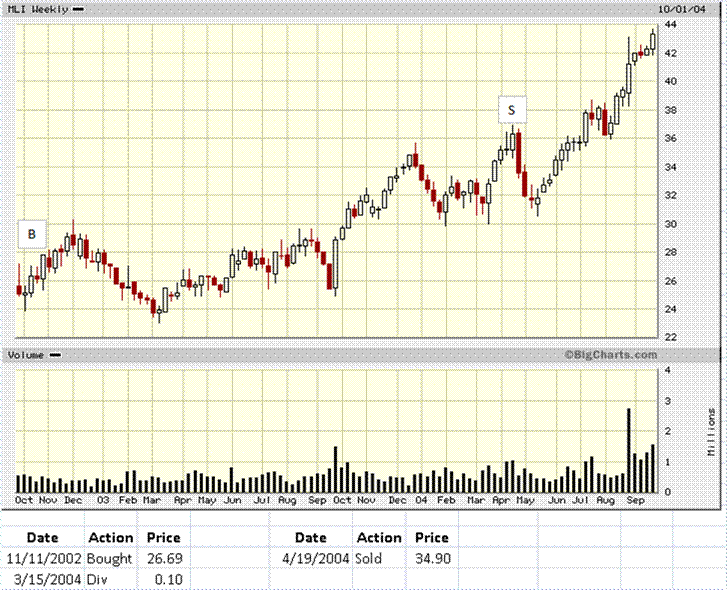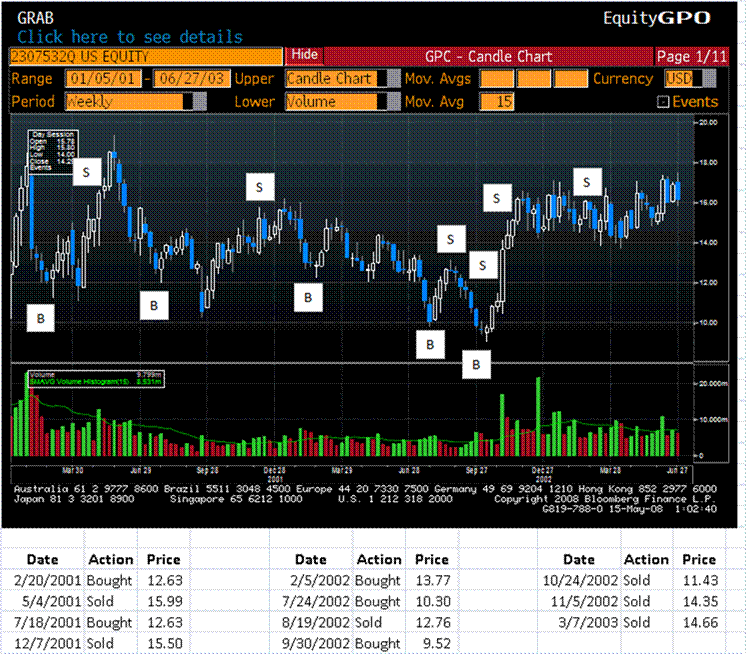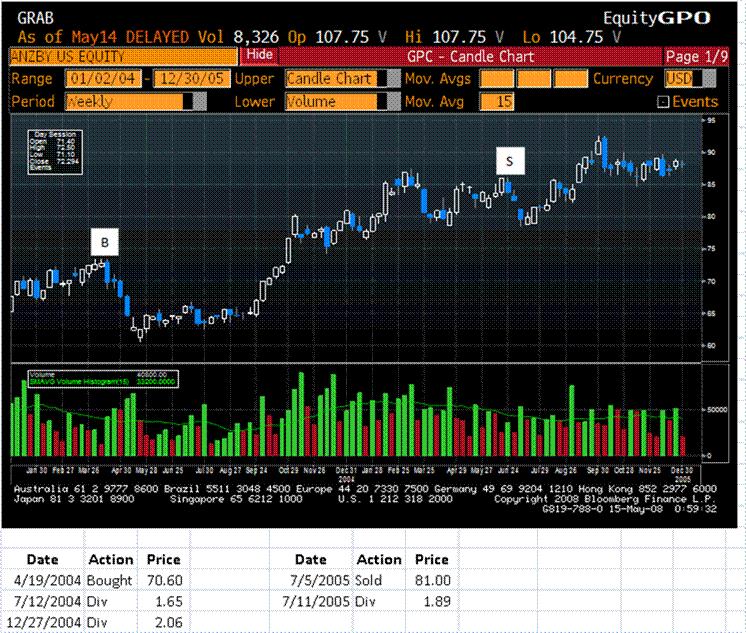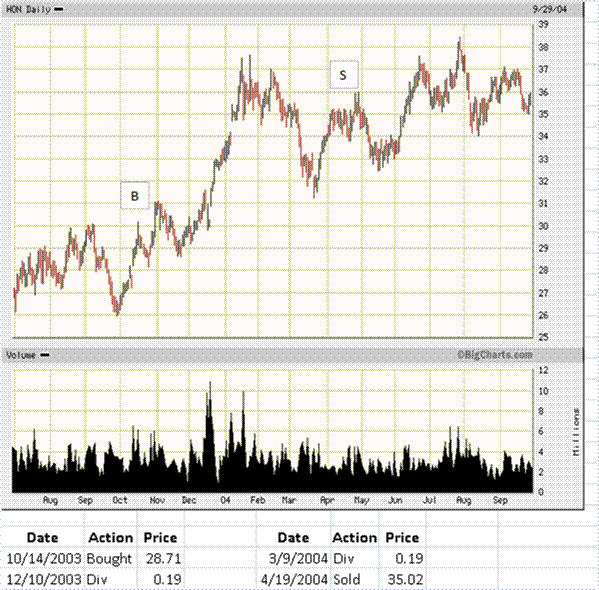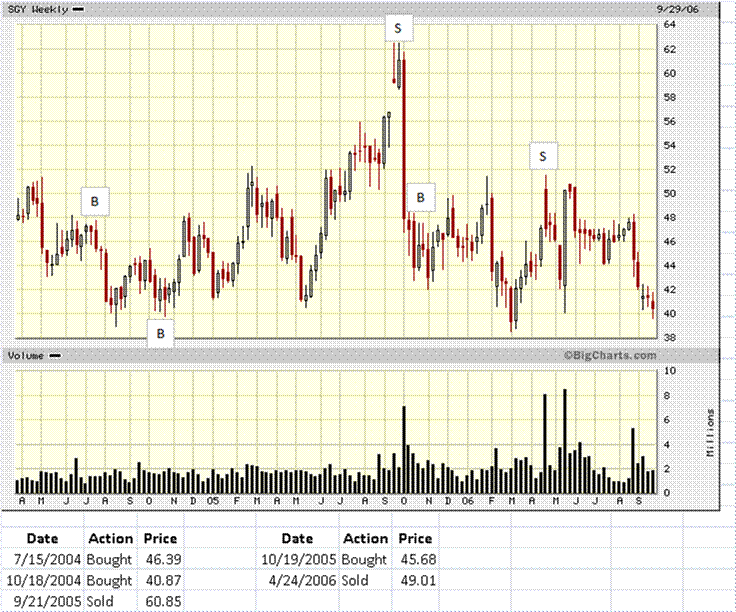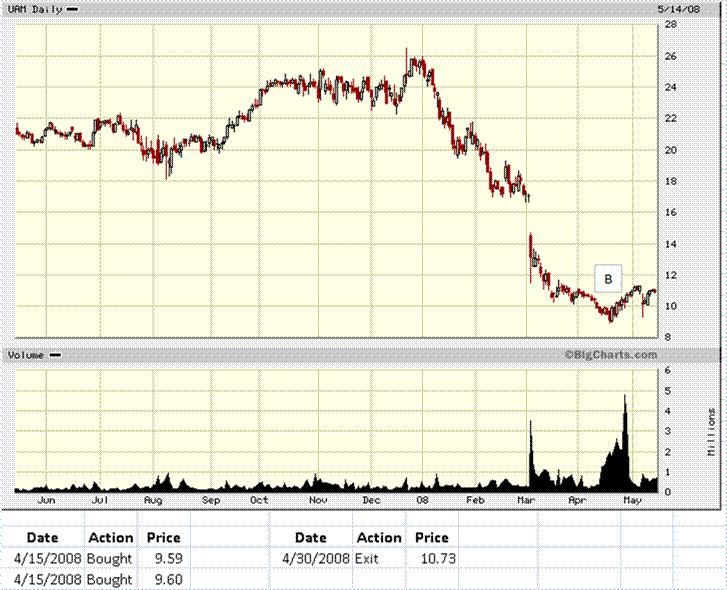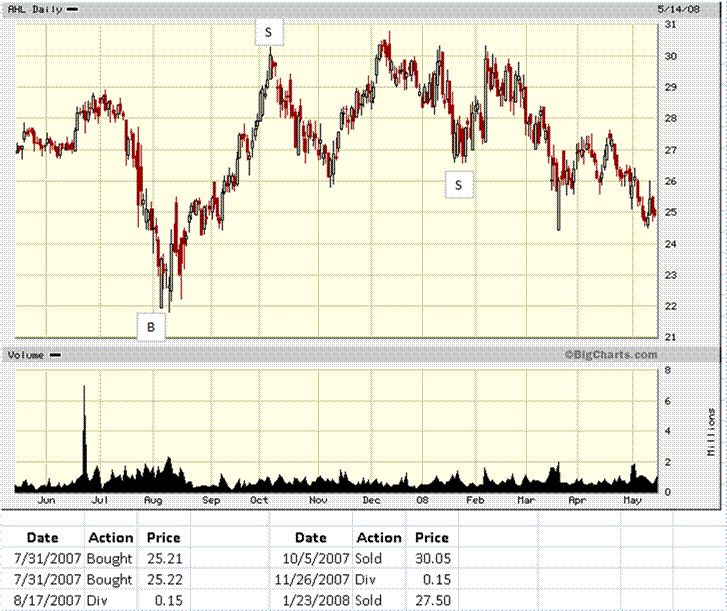I’m going to go in reverse order here. These were my best investments in the Broad Market Portfolio over the past 7.7 years measured by total dollars gained. After this post, I should have one or two more to wrap up the series, to try to explain why I think my methods work, and flesh out the lessons that I have learned. I am a generalist, but if I have a core skill, I think it is being a portfolio manager, especially regarding risk control, though as I have admitted, I have had some real losers.
Drumroll, and here goes:
10) Anglo American plc

When I bought it originally, it was the cheapest of the diversified miners. I wanted some base metal mining exposure, because I felt it was an industry trend that was underdiscounted. The metal prices were ahead of the stock prices. (And, I wish I had never sold Cleveland Cliffs… then again, for many of the names on this post, I wish I had never sold a share, but discipline in risk taking gives you the confidence to take risks.)
The trading of this one was simple — one rebalancing buy in 2006 during a small metals panic, but aside from that, the thesis was perfect, and I kept selling as the price kept rising. As is common for me with big gainers in my taxable account, I gave away the last bit to charity. If you are charitable, giving away appreciated stock is a wonderful way to do it, and the Fidelity Charitable Gift Trust makes it sooooo easy.
9) Ameron International

You ever heard of Ameron International? I’m not sure to this day where I first heard of it. For much of the time that I owned it, it was one of the larger stocks with no analytical coverage. Ameron International is a multinational manufacturer of engineered products and materials for the chemical, industrial, energy, transportation and infrastructure markets.
Anyway, I bought some, and then Chris Edmonds, who at that time wrote for RealMoney, separately picked it for one of his Holiday Portfolios. I e-mailed my hearty assent.
Ameron didn’t do much for the first three years that I owned it, but I kept clipping the dividend, and doing rebalancing trades, while the internal value of the business grew. Finally, some institutional investor(s) realized what a gem this company is, and the price exploded. I gave the final slug to charity. Would that I had held on, but I have had other good stocks since then.
8 ) SPX Corp

SPX Corp is a diversified industrial corporation that fell on hard times. I looked at it as a turnaround, with global growth as a tailwind that would eventually drive the stock up. In the fall of 2004, I felt pretty dumb about my purchases, but I persevered, thinking that there was value to be unlocked through intelligent management.
Many companies that I own have significant declines for no good economic reason. SPX was one of them. It is difficult to tell apart those that will disappoint versus those that will persevere, but my experience is that more of mine persevere than fail.
Again, another company that in hindsight it would have been better not to sell, but it was outside my valuation boundaries, and as I would say along with Lord Rothschild, “I always sell too soon.”
7) Helmerich & Payne

I still own Helmerich & Payne, and have sold once more in May. As the oil price kept going higher, I looked for related entities that had not gone crazy and would benefit from the higher prices. HP was one of them. (And, as I wanted to say to my pal Cody Willard — “Hey, Cody, I own HP, but it’s the right HP.”)
Contract drilling is a great place to be, when oil prices are so high. During the rise in energy prices, I moved more of my exposure into services, because even if oil would not be found, still those that were aiding the attempt to find it would get paid.
6) Cemex SA

Cemex is the company that I have held the longest. I have long been a fan of the cement industry, because it is the cheap way to facilitate global growth, and catch up on delayed infrastructure investment in the US. My first article for RealMoney was on the cement industry, and I owned three companies in it at that time, a massive overweight that paid off.
It was not a popular idea to buy Cemex when I did. They had problems with derivatives and mis-hedging in recent memory, but the stock was cheap enough that I thought it was worth the risk. For the next year it got cheaper, and I bought more. Most investors would have assumed that they had gotten it wrong, and bailed out. That’s not my way.
As you can see, though the price of Cemex rose, it rose in a volatile way, and my rebalancing discipline captured a lot of extra value in the process. I still own Cemex, and still think that it is cheap, and that management is pretty bright. I’m getting close to another rebalancing sale. This is a gift that keeps on giving.
5) Valero Energy

I own Valero today, but I sold out of it in entirety in 2005. I also owned Premcor during the best part of the run, and through the acquisition by Valero. At the end, I sold some and gave the rest away. If I added Valero and Premcor together, they would be my #1 gainer.
When I bought Valero, I felt that refining was in short supply, and would get rewarded. I don’t expect to be right that fast, but it is gratifying when it happens.
Now, after Hurricane Katrina, I felt that the price rises were overdone for refining stocks, so I sold, and gave the rest away.
4) Lyondell Chemical

Lyondell was an idea that I grabbed from that grand old man, John Neff. He is a humble guy, so you won’t hear him tooting his horn. My idea was that they owned half of a refinery with Citgo, and the rest of their business I was getting for the price of the refinery.
As it was, Venezuela needed cash because of the self-aggrandizing goals of Chavez, and they sold their half of the refinery cheaply to Lyondell. There was some confusion in the process and the rating agencies had their doubts, but Lyondell managed it well, until selling out to Basell, a Russian company. I gave the remainder away to charity.
3) Conoco Phillips

I have owned Conoco for a long time. It is my second longest holding, and it has rewarded me well. It looked cheap when I bought it, and on an earnings basis, it doesn’t look much different now. I have had a few rebalancing buys, but on the whole, the mix of exploration and refining has done admirably.
2) Plum Creek Timber

There is a small complexity in this investment. When Plum Creek bought The Timber Company [TGP], I swapped my holdings of Plum Creek for the Timber Company. When the deal closed, I had more Plum Creek shares. Even after that, to mid-2002, I bought more Plum Creek, making it a triple-weight in my portfolio. I felt that timber assets were undervalued, and I was happy to clip dividends while the market caught up with me.
In late 2004, I began the process of scaling out of the position, moving from a triple weight to a double, single, and then zero weight. I like the management of Plum Creek, but there are price levels that I can’t pay, and I must sell.
1) Companhia de Saneamento Basico do Estado de Sao Paulo — SABESP

What a company; this was an idea from Cramer (yes). I have long believed the thesis that potable water is scarce, and that companies that facilitate fresh water will be rewarded. SABESP is one of the few companies that was cheap enough to buy in 2005, and remains so today. Demand for water remains high, particularly in Sao Paulo, Brazil. I have sold many times, but not bought because there haven’t been any pullbacks; what a happy problem to have.
So, there are my top ten. They are a mix of:
- Get the right industry.
- Get a bright management team.
- Don’t panic over small setbacks. Buy more.
It is worth noting that the top 11 companies that I have owned covered all of my losses. The gains have been bigger than my losses by a wide margin , and I have had three gains for every loss. In my next post or two, I will wrap up this series, and try to explain underlying ideas that helped me do so well.
Full disclosure: long SBS COP HP VLO CX


